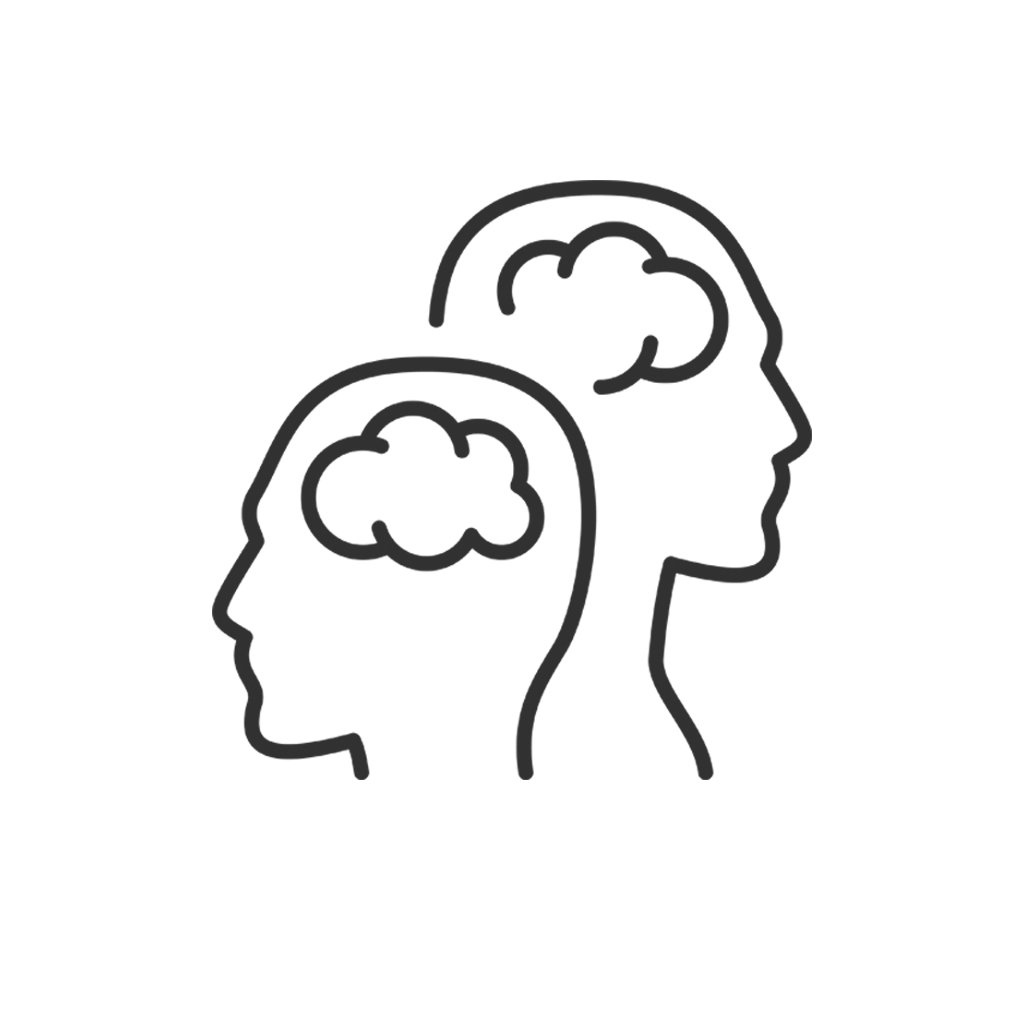Specializations
Trauma
Symptoms of anxiety include hyper-vigilance, restlessness, the need to ‘do something,’ excessive worry, feelings of impending doom, heart racing, sweaty palms, racing thoughts, and much more. Anxiety can be free-floating or attached to a specific topic(s).
Big “T” trauma can be experienced by anyone, and relates to a number of life-experiences. The word trauma means, “a deeply distressing or disturbing experience.” It transitions into complex trauma when the person has been exposed to several traumas, related or unrelated, throughout their lifetime.
ACEP’s
Codependency shows up when there is a relational imbalance between two people who are closely connected. This can be a parent/child dynamic, lovers, good friends; the imbalance often involves one person sacrificing a healthy sense of self and boundaries for the others comfort and/or needs.
In a family headed by distant or self-absorbed parents, the most sensitive and perceptive child often takes on the family role of attending to other people's problems and needs. As adults, these “ACEPs” [Adult Children of Emotionally Immature Parents] continue to neglect the needs and instincts of their authentic self.
Anxiety
For someone with an Anxious attachment style, the thought of living without a partner, or being alone, causes high levels of anxiety while Avoidant attachment styles generally avoid emotional closeness. Both styles benefit from therapy as they discover how to move towards a secure attachment style, learning how to depend on their partners and in turn, let their partners rely on them.
Codependence
Anxious/Avoidant
Embodied Therapy
If you are one of the many who have read The Body Keeps The Score, then you know our bodies house a vast amount of information to share with us. Embodied therapy invites you to slowly tap into this information, using it to inform you of various ways your body holds on to experiences and gently integrating these into your healing process.
Therapeutic Services
-
Item description
-
Eye Movement Desensitization and Reprocessing (EMDR) aims to alleviate the distress associated PTSD. Since it’s formation in the 1980’s it has been adapted for other uses such as phobias, obsessive compulsive disorder (OCD), pain-management, and single-event or complex trauma.
-
offers problem-solving, communication skills, education about your specific diagnosis, and resources for information, skills, or needs.
Every person’s situation is flavored by their own life experiences and outlook on life.
At my core I am a psychodynamic therapist, believing that past influences present. Without attention to this, our past will continue to influence our futures as well. I also ascribe to attachment theory and use both of these lenses if I see they fit the work we are doing together.
If you have a specific type of therapy you’re interested in, let’s discuss!
Contact Me
hnesauceda@gmail.com
(540) 316-0829
92 Main St.
Warrenton, VA 20186
Find me on Psychology Today
Please include your phone and/or email as your preferred contact method.






